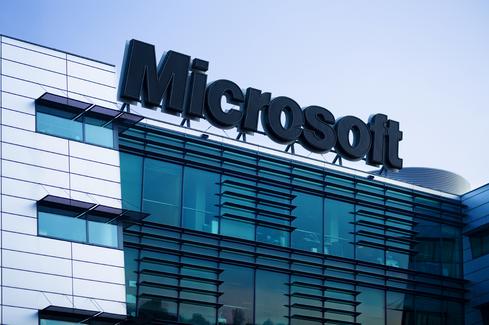Microsoft is looking to increase its IT field services portfolio with the acquisition of FieldOne. The emphasis is on using analytics and big data to make services more efficient.


5 Ways Microsoft Messed Up Mobile
5 Ways Microsoft Messed Up Mobile (Click image for larger view and slideshow.)
Microsoft announced Thursday that it has acquired FieldOne Systems, which provides field service management solutions for enterprises, for an undisclosed sum.
Redmond and FieldOne have previously had a close relationship. In March of this year, FieldOne was the only field service management company invited to join Microsoft's Strategic Global Independent Software Vendor (ISV) Partner Program. The group consists of the top 1% of the partners in the Microsoft Dynamics ecosystem.
Such a close previous relationship means that Microsoft, which detailed the acquisition July 16, will be able to easily integrate the FieldOne products into its own product lineup. As part of the ISV arrangement, it was already distributing FieldOne Sky, a mobile platform for its services.
FieldOne Sky is as an open architecture for simplified integration, flexible deployment options, and on-demand configuration.
Param Kahlon, a partner group program manager for Microsoft, said that FieldOne was "a great acquisition that we can add to our portfolio. It supplies a complete solution for the complete life cycle of how companies manage field service. It's a market that is growing very fast."
Kahlon went on to say that, "We are getting a nexus of forces combining here. Mobile, social, and big data are coming together. Companies are fundamentally changing the business processes that they use. Here, it is delivering service as a convenience to their customers."
Analysis and prediction of needed services is a focus for Microsoft.
"Predictive service and predictive management of services is where we want to be. Nobody wants downtime of a critical machine or system. With the rise of the Internet of Things, we think we can use the data that will be available to drive a trend analysis program," said Kahlon. "We think we can bring the wireless capabilities of FieldOne with the technology apps that Microsoft has to help companies to go through a transformation in order to meet the demands of where the market is going. Because FieldOne has Microsoft tools as its core, other business customers will be able to very quickly integrate FieldOne into their own businesses."
[What's Microsoft planning for 2016. Find out here.]
FieldOne CEO Ilan Slasky noted: "We are incredibly enthused to partner with Microsoft as we jointly bring this product to market. The industry space is going through explosive changes, driven by the need of organizations to empower their field service workers. Demand for this goes across dozens of industries, including oil and gas and healthcare."
When asked about the importance of Cortana Analytics to FieldOne's solution, Shloma Baum, president and CTO at FieldOne answered that, "It is where we see the future of service businesses is going. It's extremely important from our perspective. CA can pull data from an installation, be able to look at it and triangulate it with the history of orders. The ability to recognize the patterns of faults gives us the ability to both predict problems and suggest solutions for them."
About the Author(s)
You May Also Like







